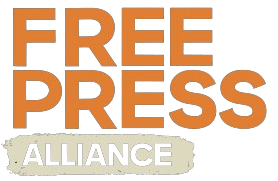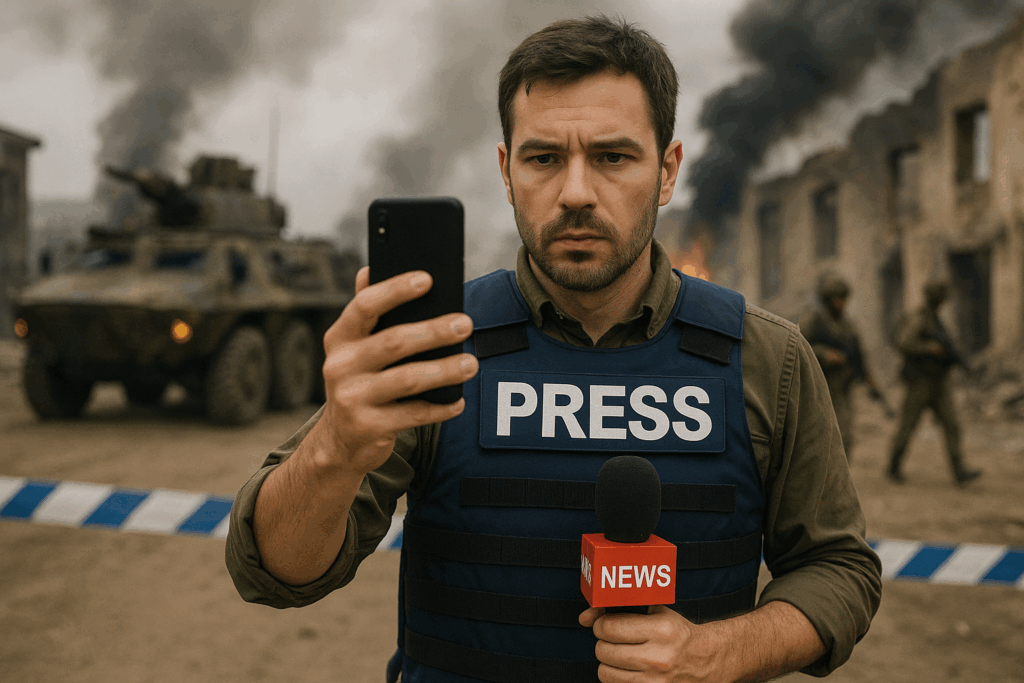In today’s fast-paced media landscape, visual content is essential to journalistic storytelling. Whether you’re covering a protest, documenting climate change, or conducting an on-the-ground interview, powerful images and videos can give your reporting depth and impact. But not everyone has access to professional camera gear and the good news is, you don’t need it.
Modern smartphones are powerful multimedia tools that, when used well, can rival the output of traditional equipment. With the right techniques, apps, and accessories, your phone can become your most trusted ally in the field. This guide will help you sharpen your mobile photography and videography skills so you can improve the visual quality of your reporting, no matter where you are.
Know Your Tools: Understanding Your Phone’s Camera
Before you start shooting, take some time to explore what your phone’s camera can do. Whether you’re using an iPhone or an Android device, most smartphones now include multiple lenses (wide-angle, telephoto, macro) and advanced shooting options.
- Turn on gridlines to improve your framing using the Rule of Thirds.
- Use your camera’s manual or “pro” mode (available in many Android models and apps like ProCamera or Halide) to control ISO, shutter speed, and focus manually.
- Explore HDR mode for better dynamic range in high-contrast scenes.
Knowing how to quickly switch between these modes can mean the difference between a blurry image and a powerful shot that tells the story.
Best Practices for Shooting Photos and Video
Whether you’re photographing a scene or recording video, some fundamental techniques can dramatically improve your results.
- Use natural light whenever possible. Shooting during the “golden hour”, just after sunrise or before sunset, often gives your footage a warm, professional glow.
- Keep your footage stable. Hold your phone with both hands, or better yet, use a mini tripod or stabilizer like the DJI Osmo Mobile.
- Frame with intention. Capture emotion, action, and environmental context. Avoid zooming digitally, move closer to your subject when possible.
- Choose your orientation wisely: Shoot horizontally for traditional broadcast or digital news platforms; use vertical only for social media platforms like Instagram Stories or TikTok.
If you’re filming interviews, aiming for clear sound and minimal background noise, audio can make or break your video.
Conclusion
You don’t need a DSLR to tell a powerful story. In fact, your cellphone is already one of the most accessible and flexible tools for visual journalism, if you know how to use it well. By mastering key techniques, using the right apps, and investing in a few essential accessories, you can produce high-quality images and videos that strengthen your reporting, connect with audiences, and elevate your storytelling.

